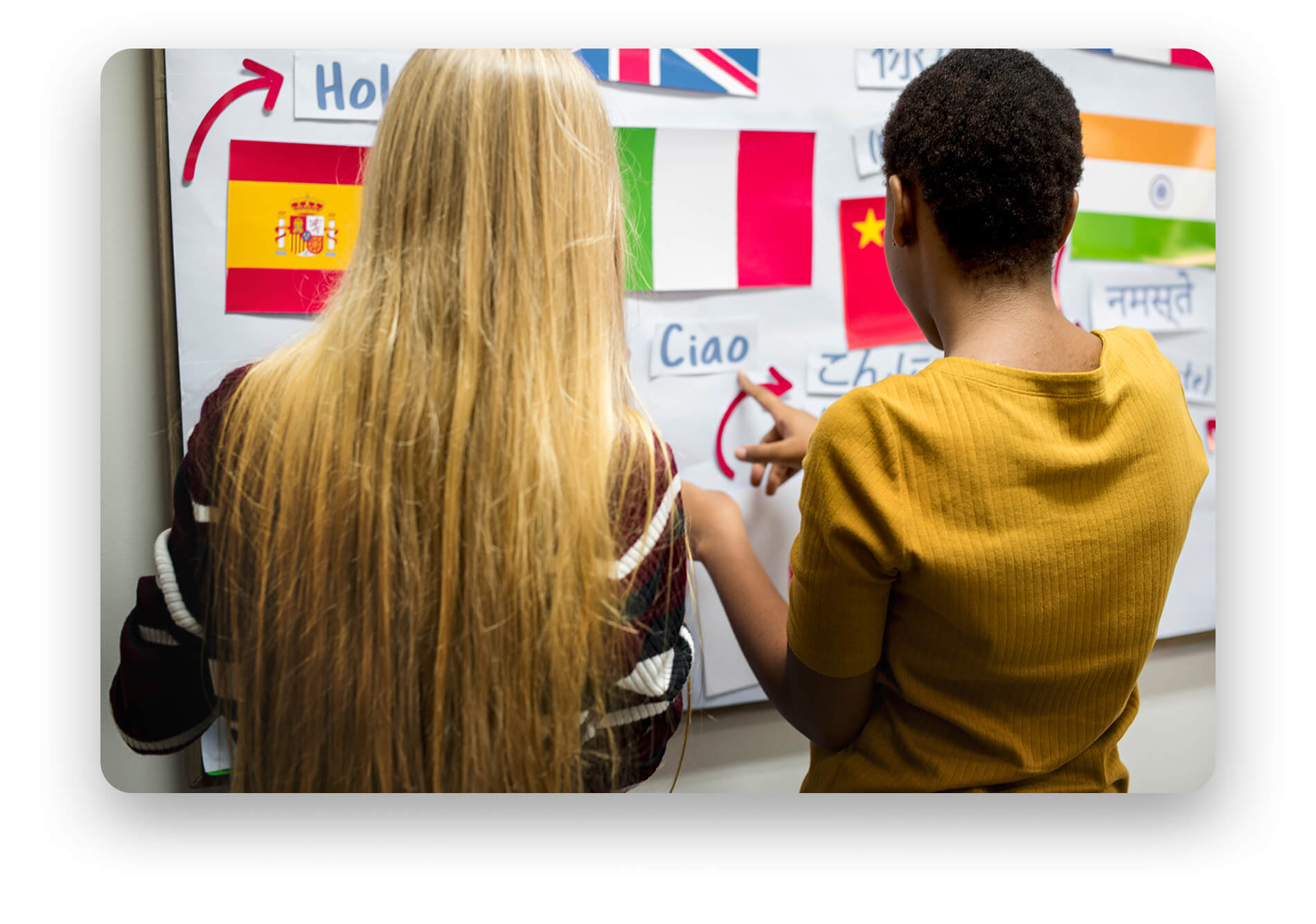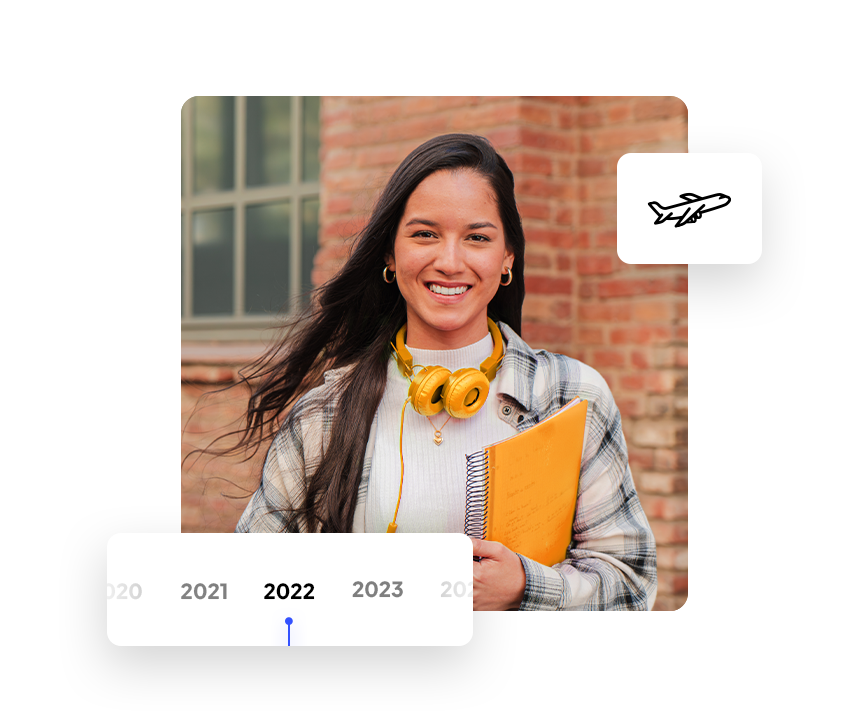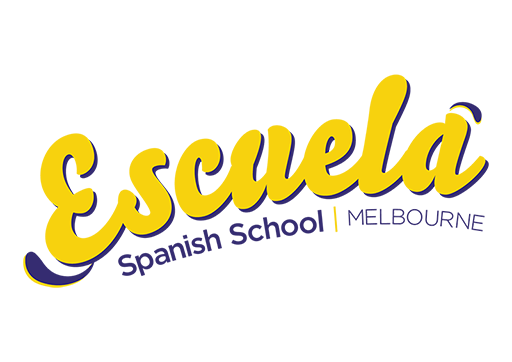Learning Spanish

As a Romance language, Spanish shares many lexical and structural similarities with English and other European languages, making it easier to learn related languages such as Catalan, Italian, French, Portuguese, and Romanian. The close correspondence between written and spoken Spanish aids in literacy and language skills development.
While the Spanish alphabet is similar to English, there are differences like accents, inverted punctuation, and the letter ñ. Spanish word order often places adjectives after nouns, and subject pronouns are frequently omitted. Questions and negatives are formed without auxiliary verbs, making intonation and stress crucial for meaning.

Understanding the diverse language backgrounds and competencies of students, as language learners, is the starting point for developing their language learning. The changing pattern of migration to Australia is extending the range of languages students bring with them to school.

Intercultural understanding
In the Languages curriculum area the focus is on both language and culture, as students learn to communicate meaningfully across linguistic and cultural systems, and different contexts. This process involves reflection and analysis, as students move between Spanish and their own existing language(s). It is a reciprocal and dynamic process which develops language use and intercultural awareness and understanding.

Texts and Resources
Students use a wide range of resources designed for language learning, such as textbooks, teacher-generated materials and online resources. Their learning is enriched by exposure to a range of authentic Spanish texts, such as websites, films, stories, songs, television programs, advertisements and magazines. The texts and resources will become increasingly sophisticated and varied as students progress through their schooling.
Bilingualism
Bilingualism has huge cognitive and practical benefits: it improves attention, benefits reading, fosters school performance and engagement, enhances empathy, and promotes diversity and integration. In addition, bilingualism literally changes the brain, to the point that, later in life, it provides some protection against the effects of neurodegeneration associated with cognitive decline and dementia.
Use of Spanish & English
Students are encouraged to use Spanish as much as possible for classroom routines, social interactions, structured learning tasks, and language experimentation and practice.
Students will have opportunities to engage with members of the community who speak Spanish, which in some cases will be facilitated via digital technologies.
English is used for discussion, explanation and reflection, enabling students to develop a language for sharing ideas about language and culture.
